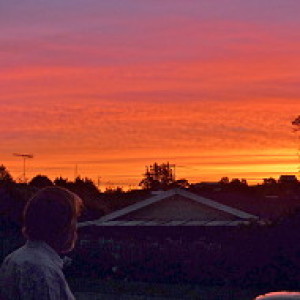Dining amongst the rocks and mud
This is a male chaffinch in breeding plumage. He was calling frequently which caught my attention, during my run past the edge of the Porirua Harbour. It took a wee while to locate him, partly because I was engaged by a local in a conversation about the way that the tide is eroding the banks in this area. He told me that he wants the Council to shore up the banks and to construct a boardwalk along the edge of the harbour, as it is currently not easily accessible as the road is close to the edge of the land and there is nowhere for people to walk, run or cycle. As a runner unable to run further north by the shore, I agreed with him.
A little information about the chaffinch:
Chaffinches are the commonest and most widespread of New Zealand’s introduced finches, and are found in a wide range of habitats from sea-level to 1400 m. They are found throughout the New Zealand mainland and on many offshore islands; Chatham Islands, Stewart Island and also the Snares, Auckland and Campbell Islands. Chaffinches frequently visit suburban gardens, especially in winter.
Their call is a ‘chink chink’, uttered by both sexes throughout the year. That is what caught my attention as I was talking to a local who was telling me about the amount of erosion of the banks above the high tide mark. Where this bird was photographed will be under water at high tide.
Although the chaffinch was slow to become established in New Zealand, it is now abundant throughout the country. They are not generally considered to be an agricultural pest, and their presence appears not to have had any impact on native species.
Chaffinches feed predominantly on seeds in winter. A wide range of seeds are taken, including tree seeds such as those of beeches, Pinus radiata, and rimu. On the bank above where this bird was is a row of pine trees, and seeds would drop onto the rocks. However, this bird may well have been seeking invertebrates which make up a large proportion of the adult diet during the breeding season. Invertebrates taken include bugs, flies, beetles, moths, caterpillars, aphids, cicadas and spiders.

Comments
Sign in or get an account to comment.


